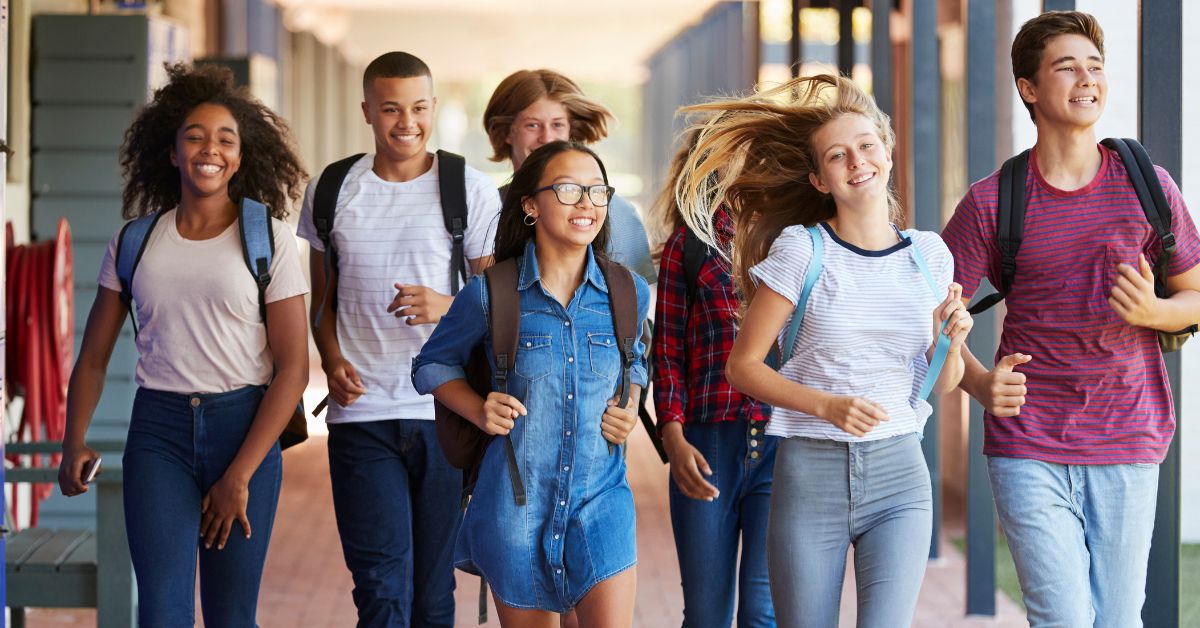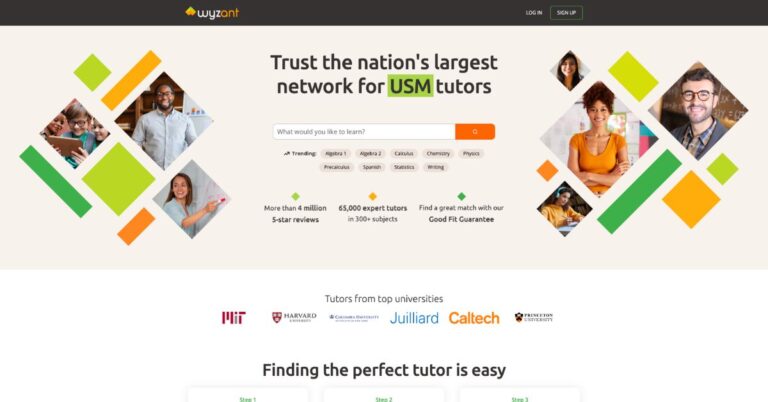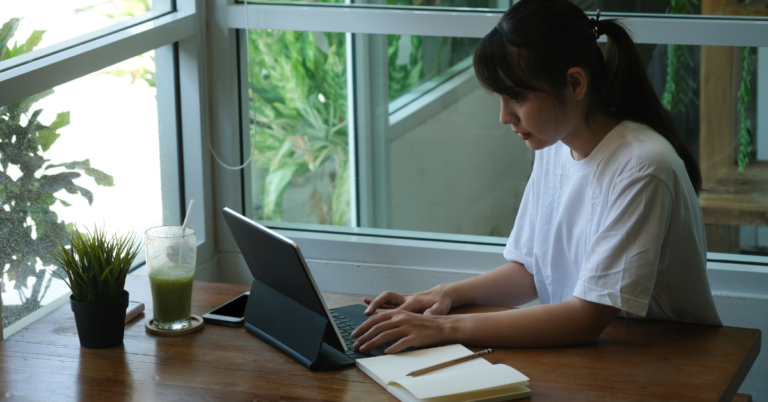
Alternative high schools offer a different path for students who may not thrive in traditional education settings. These schools often have smaller class sizes, flexible curriculums, and a more relaxed environment. However, alternative high schools also come with trade-offs.
If you’re considering this option for yourself or your child, here are the key pros and cons of an alternative high school education to keep in mind.
Pros of Alternative High School Education
For many students, alternative schools offer a more flexible and supportive learning environment than traditional schools.
Flexible Curriculum
Alternative high schools often adjust the pace and format of lessons to better match a student’s needs. This can help gifted students move ahead faster and allow struggling students more time to learn. It also gives students the chance to dive deeper into subjects they’re passionate about, like calculus, science, or creative writing.
Smaller Class Sizes
Most alternative high schools have a lower student-to-teacher ratio, allowing for more one-on-one attention for students. This makes it easier for teachers to personalize instruction, address behavioral issues, and support different learning styles. For additional one-on-one support, online tutors like Learner are a great way to add extra help outside the classroom.
Lower Stress Environment
With fewer students and more relaxed rules, alternative schools can reduce anxiety and academic pressure. This kind of setting is often better for students who have had negative experiences in traditional classrooms.
Focus on Strengths
Instead of pushing every student to meet the same benchmarks, many alternative schools focus on building a student’s strengths. This can be especially motivating for students who feel overlooked in standard settings.
Cons of Alternative High School Education
While alternative schools can be a great fit for some students, they also come with challenges that are important to consider.
Adjustment Challenges
Switching from a traditional school to an alternative one, especially late in high school, can be difficult. Students may struggle with the change in structure, routines, or social circles.
Limited Social Interaction
Smaller class sizes can mean fewer opportunities to meet a diverse group of peers, which may impact social development or comfort in larger group settings later on.
Stigma and Post-Graduation Concerns
Alternative schools are sometimes seen as a last resort for students with academic or behavioral issues. While this isn’t true, the perception can follow students after graduation. Depending on the school’s reputation, some colleges or employers may question the quality of the education or expect explanations for the alternative path.
Is Alternative High School Right for You or Your Child?
Alternative education isn’t one-size-fits-all. For some students, it’s a chance to thrive in a more personalized and supportive environment. For others, the lack of structure or social diversity may be a drawback.
Before making a decision, consider the student’s learning style, emotional needs, academic goals, and long-term plans.
Our Editorial Team, with a rich background in educational content creation, prioritizes accuracy and quality in every article. We are committed to producing expert content tailored to meet the academic needs of college and high school students, ensuring they receive well-researched and trustworthy information for their educational journey.







